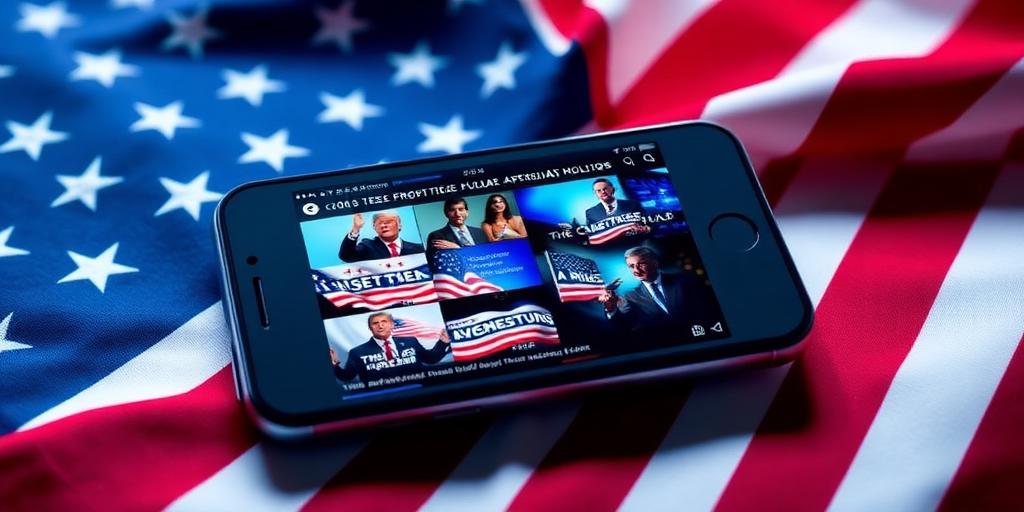Political advertising is undergoing a seismic shift, moving from traditional media to the digital realm. This transformation is reshaping how campaigns are run, how voters are reached, and even the very nature of political discourse. Let's dive into what the future holds for political advertising online.
Micro-Targeting and Personalization
One of the most significant changes is the rise of micro-targeting. Platforms like Facebook, Google, and Twitter allow campaigns to target specific demographics with tailored messages. This means a campaign can show one ad to suburban mothers and another to young, urban professionals.
The Upside:
- Efficiency: Campaigns can focus resources on the most receptive audiences.
- Relevance: Voters see ads that address their specific concerns.
The Downside:
- Echo Chambers: Voters may only see information confirming their existing beliefs.
- Manipulation: Hyper-personalized ads can exploit individual vulnerabilities.
The Rise of Alternative Platforms
While Facebook and Google still dominate, alternative platforms like TikTok, Snapchat, and even niche forums are becoming increasingly important. These platforms offer access to younger voters and different demographic groups that might be missed by traditional channels.
Key Trends:
- Short-Form Video: Platforms like TikTok are perfect for quick, engaging political messages.
- Influencer Marketing: Campaigns are partnering with influencers to reach their followers.
Data Privacy and Regulation
As political advertising becomes more data-driven, concerns about privacy are growing. Regulations like GDPR and potential new laws in the US aim to give users more control over their data. This could significantly impact how campaigns target voters online.
The Challenges:
- Compliance: Campaigns need to navigate complex and evolving regulations.
- Transparency: Voters are demanding more visibility into who is targeting them and why.
AI and Automation
Artificial intelligence is already playing a role in political advertising, from optimizing ad campaigns to generating content. As AI technology advances, we can expect even more sophisticated applications.
Possibilities:
- AI-Generated Ads: Quickly create variations of ads to test different messages.
- Sentiment Analysis: Monitor social media to gauge public opinion and adjust strategies in real-time.
Authenticity and Engagement
In the future, authenticity and genuine engagement will be more critical than ever. Voters are increasingly skeptical of traditional political ads and are more likely to respond to campaigns that feel authentic and relatable.
Strategies for Success:
- Transparency: Be upfront about who is behind the ads and what their goals are.
- Community Building: Focus on creating a community around your campaign, not just broadcasting messages.
- Two-Way Communication: Engage with voters in conversations and respond to their concerns.
Conclusion
The future of political advertising online is dynamic and complex. As technology evolves and voter attitudes change, campaigns will need to adapt to stay relevant and effective. By embracing authenticity, prioritizing data privacy, and leveraging new technologies responsibly, political advertising can play a positive role in shaping democratic discourse.









